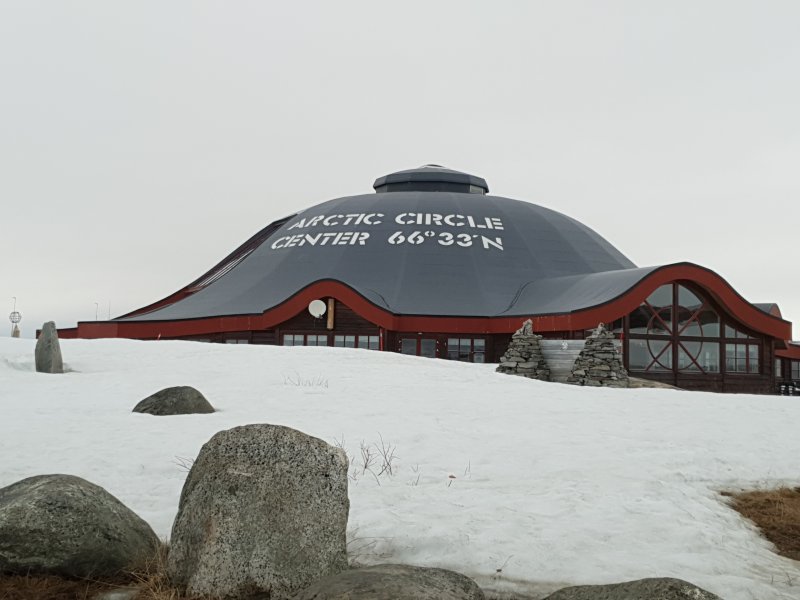
Travelling north on a road trip above north polar Norway is simply a beautiful and unforgettable experience. The natural beauty all around you is immense. There is just so much to see on such a grand scale that much of it takes your breath away.
Driving in winter up there can be quite dangerous, especially if you’re not used to the region, the changing weather and conditions. As we were going to be driving ourselves, my fiancé James and I decided that summer would be the preferred option. This was not just from a safety perspective, but also because more roads are accessible and the beauty of this region is just as wonderful as in winter, just in a different way.
In global terms, we are not talking about a region that a lot of people actually get to. Of the billions of people that populate the Earth today, only 4 million people in total reside in the Arctic Circle across the 8 countries of Norway, Sweden, Finland, Denmark (Greenland), Russia, Canada and the United States (Alaska) and Iceland (just barely as the circle includes the small offshore island of Grímsey that has a population of 61!).
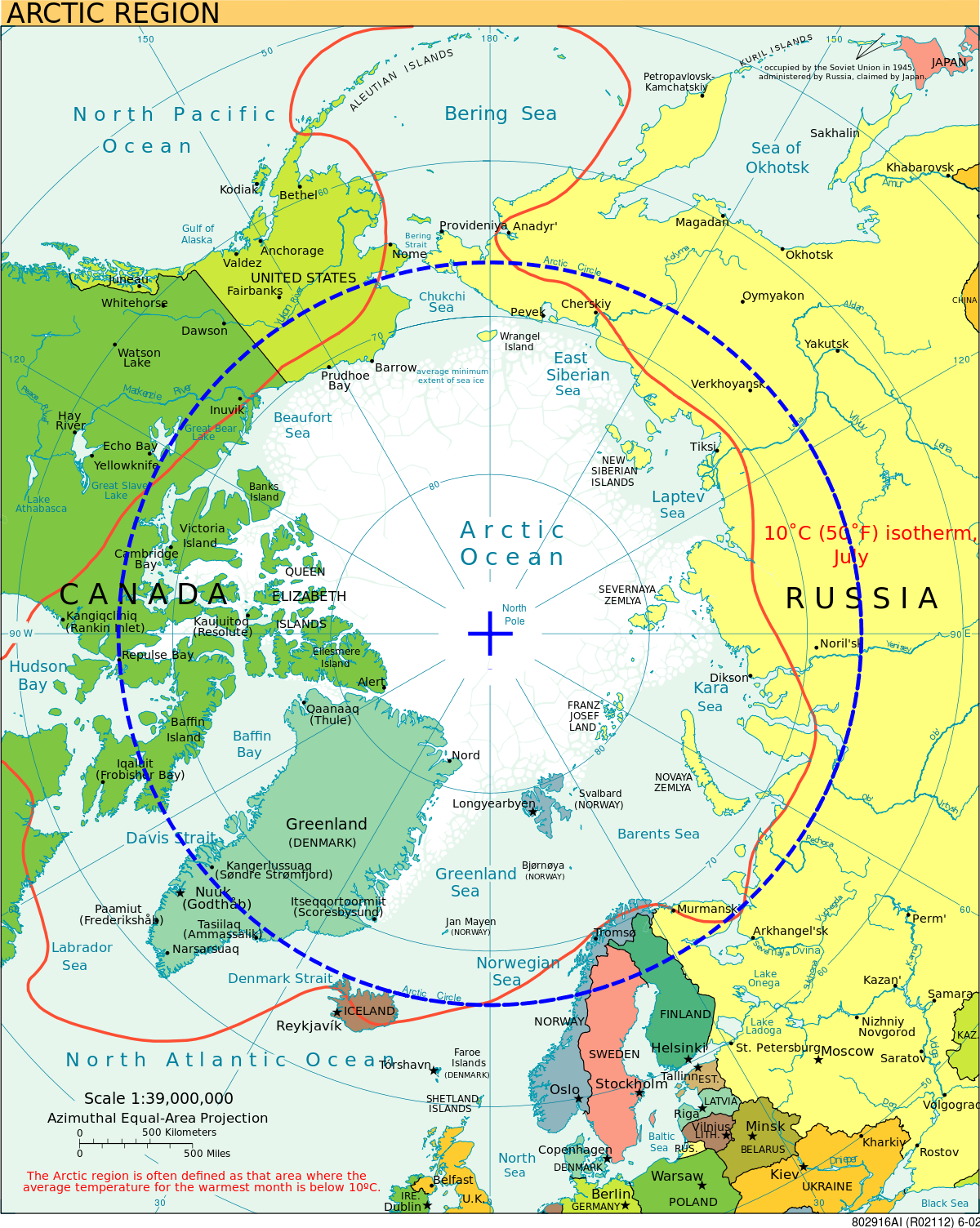
Although having a relatively small human population, we are not referring to a tiny area. The Arctic Circle is around 16,000 km (9,900 mi) long whereas the area north of the Circle is about 20,000,000 km2 (7,700,000 sq mi) and covers roughly 4% of Earth’s surface.
Here I am sharing some of the highlights of our amazing trip undertaken in the northern part of Norway. This is our story together with some photos that I hope might inspire you to likewise visit this wondrous part of the world.
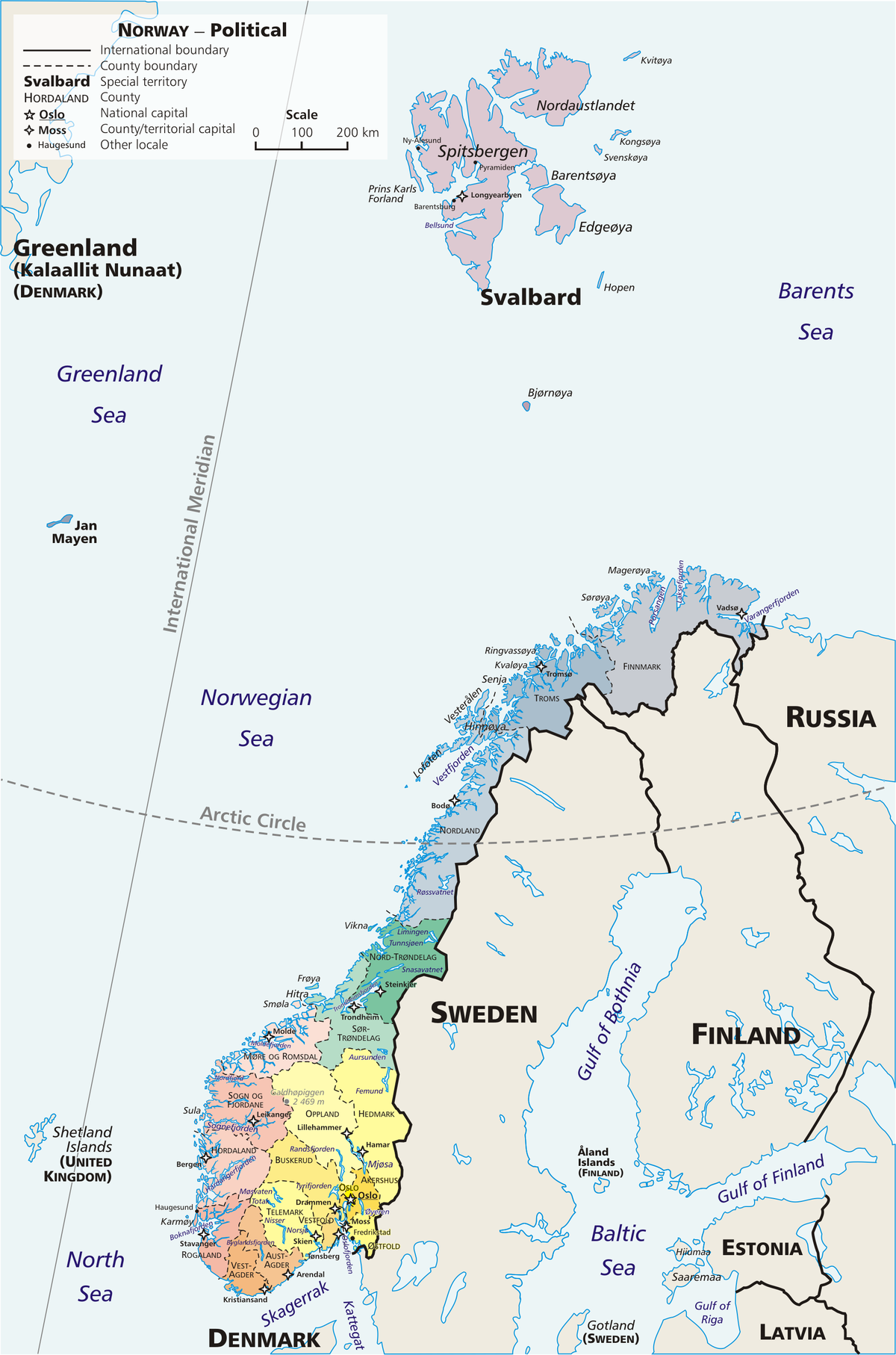
Saltfjellet–Svartisen National Park
We entered the arctic circle as we were driving through this 2,102 square kilometres (812 sq mi) park, one of the largest national parks in Norway. The Saltfjellet–Svartisen Park stretches from the coast to the Swedish border.
While driving up the European Highway E6, we stopped into the visitor centre which provided a lot of useful information on the park.
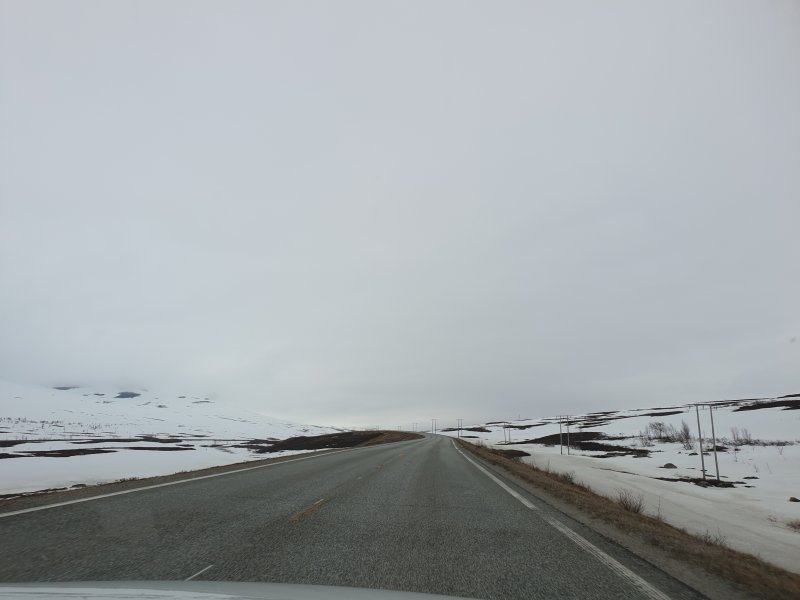
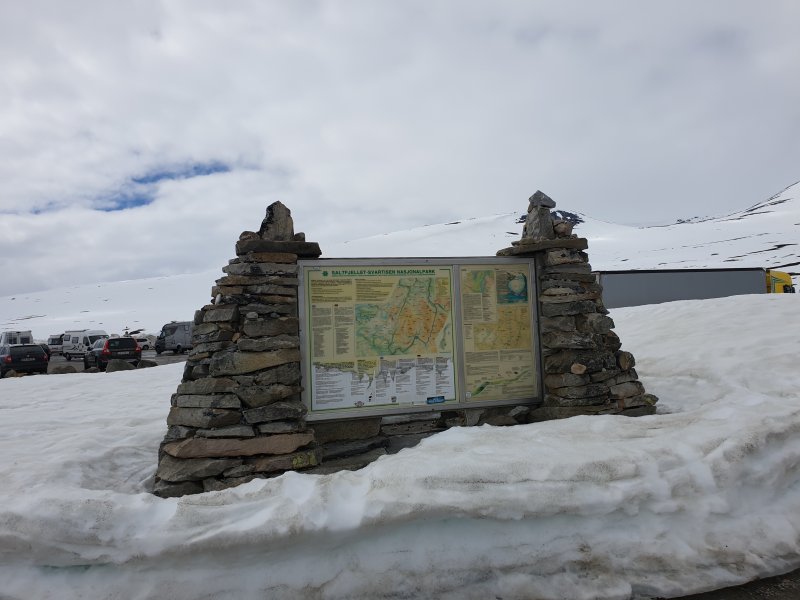
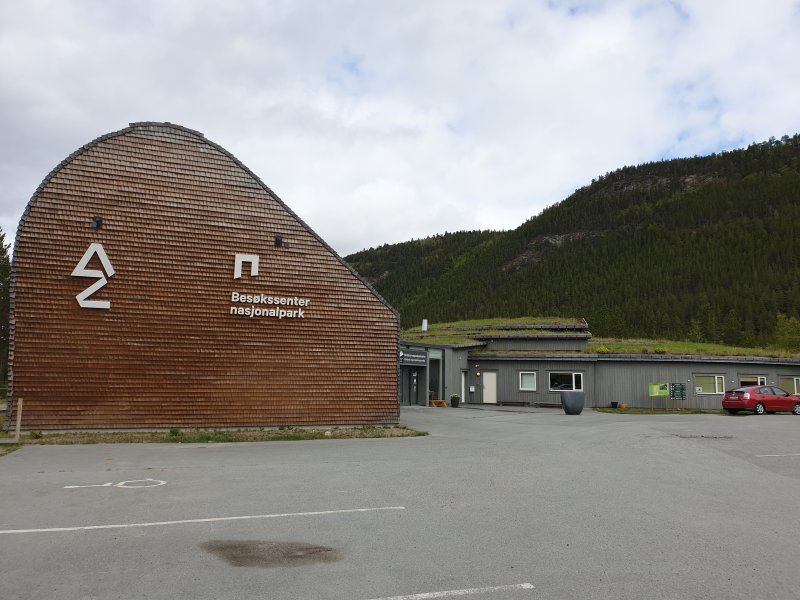
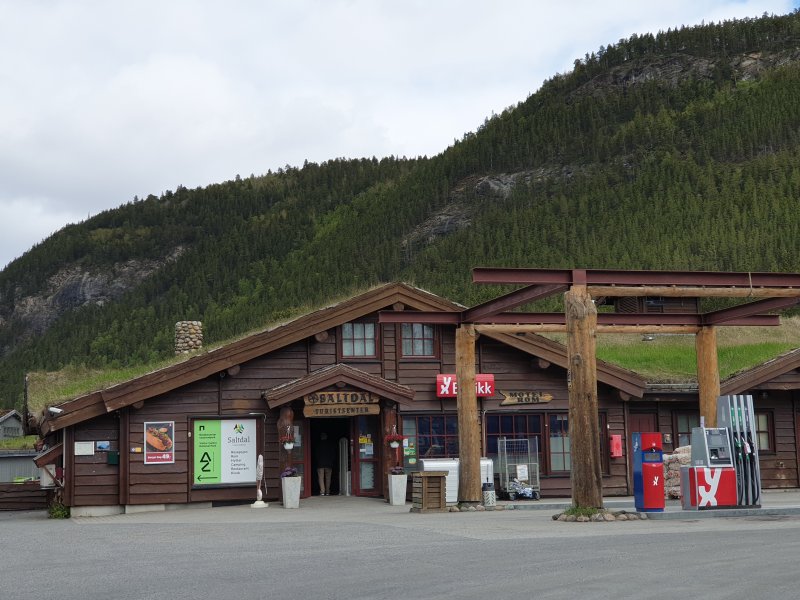
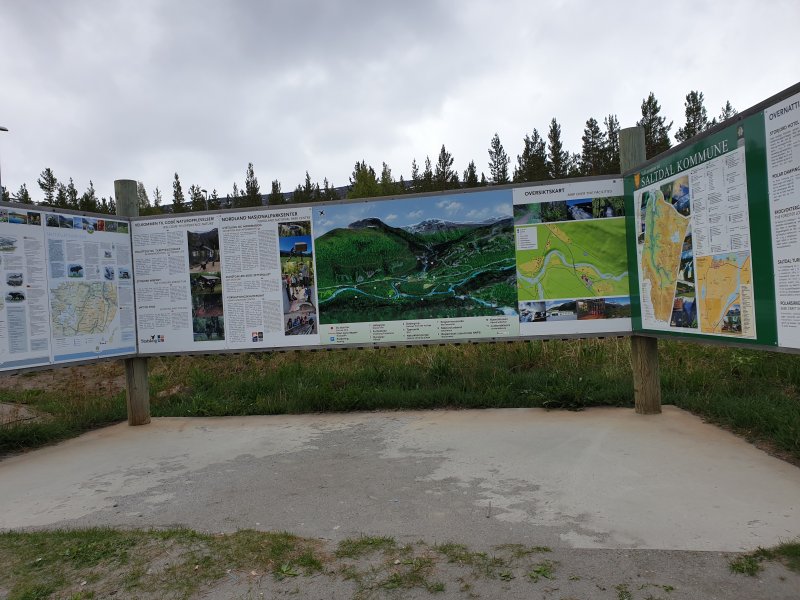
Saltfjellet is an actual mountain range and the area is known for hunting and fishing. The Park’s lakes offer fine trout and char fishing. If interested in these activities, hunting and fishing licenses are required.
The wildlife is diverse, and the mountain has plenty of space to the large animals, that need the space around them to thrive. Moose, Reindeer, Lynx and the Arctic fox are common animals in the area. There is also a small number of bears and wolf on the mountain ranges. There are records of about 120 bird species in the park including Golden Eagle, Gyrfalcon, Eagle-Owl and Snowy Owl.
Svartisen Glaciers, which covers an area of 370 km ² forms a major part of the national park. The glacier actually consists of two parts: Western glacier that is 221 km2, and eastern glacier that is 148 km2. The highest mountain top is 1751 meters (5744 ft) and the glacier is as thick as 450 meters.
Here you can participate in glacial walks and cave exploration. A wide range of marked trails attracts hikers from everywhere. Accommodation in unstaffed tourist cabins is also available, many of which are old log cabins and mountain farms used by the tourist association and open to the public.
Even just driving along the E6 as we headed further north, offered such fabulous scenery.
The Arctic Circle Center
The Arctic Circle Center (or the Norwegian name: Polarsirkelsenteret) is situated within the Saltfjellet mountain range at approx. 670 Metres (2198 ft).
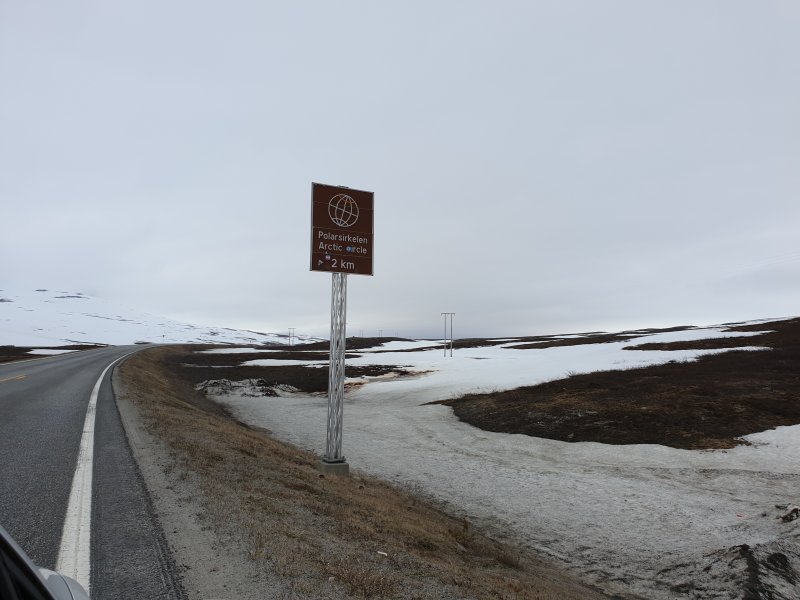
The Center was officially opened on July 13, 1990, at the same time as the (then) new E6 highway across the Saltfjellet mountains was completed. It serves the many tourists at the point where the Arctic Circle crosses the landscape. The Center is open for the season from May 1 to September 1.
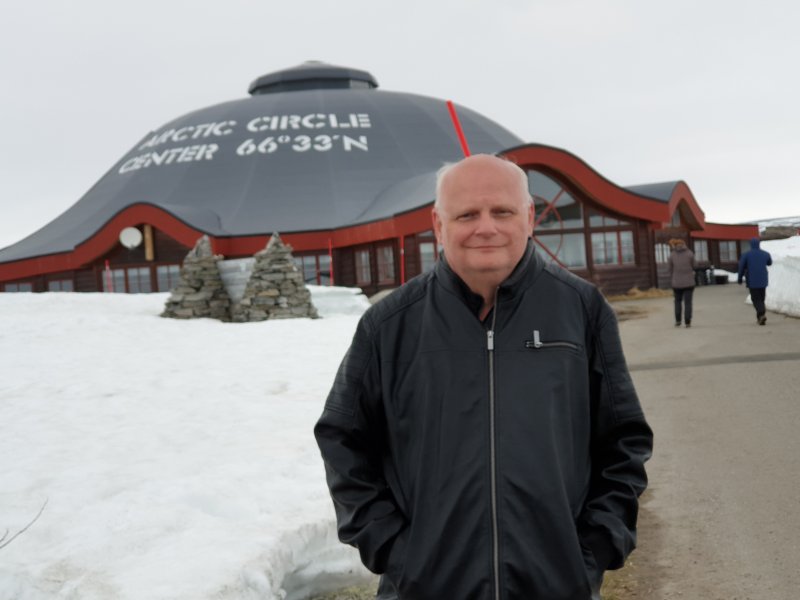
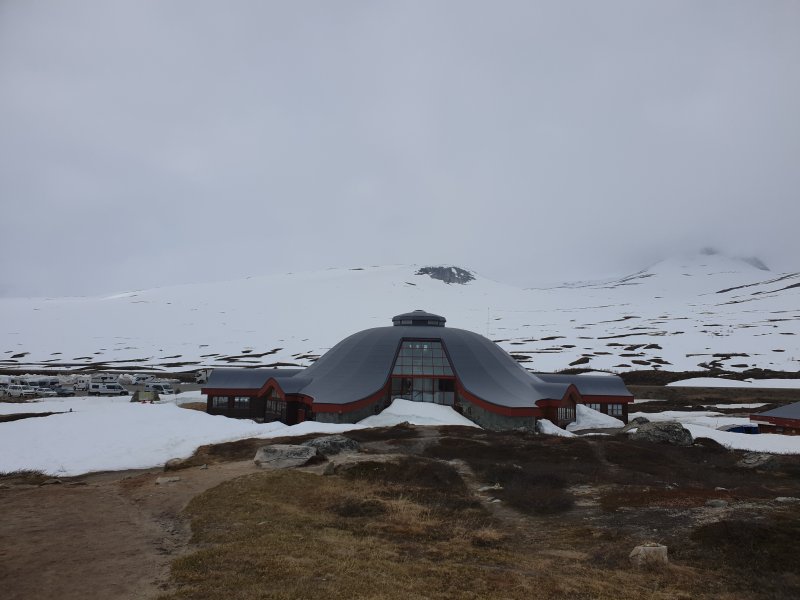
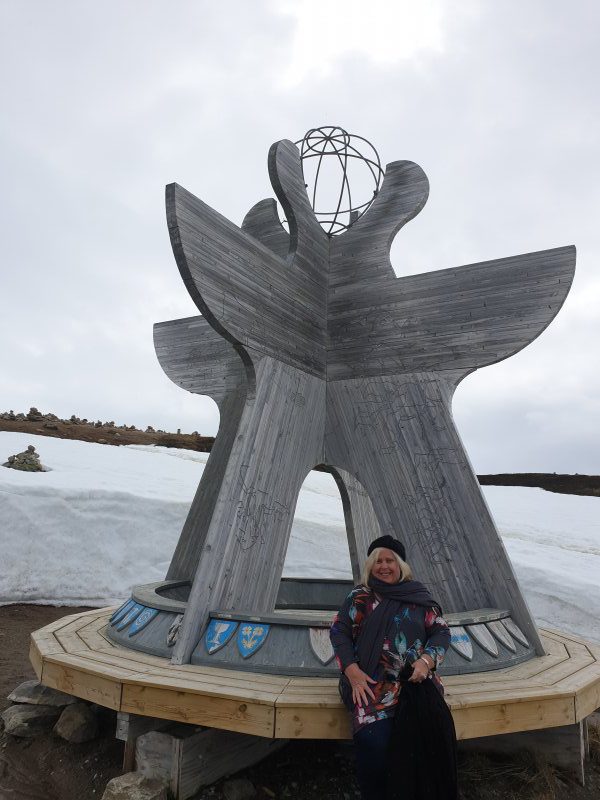
Inside the Centre, you will find a cafeteria serving North Norwegian fare, a cinema and exhibition hall with information about the Arctic Circle, and a large, very well-stocked souvenir shop.
The first time we dropped in at the centre was on the way north and we arrived at around 8.00 pm when it had already closed. It was still light then so looked around for a short while before continuing our journey to Bodo. On the way travelling back south later, we did spend some time at the centre, exploring the vicinity, learning more about the region and having some lunch consisting of traditional Norwegian fare.
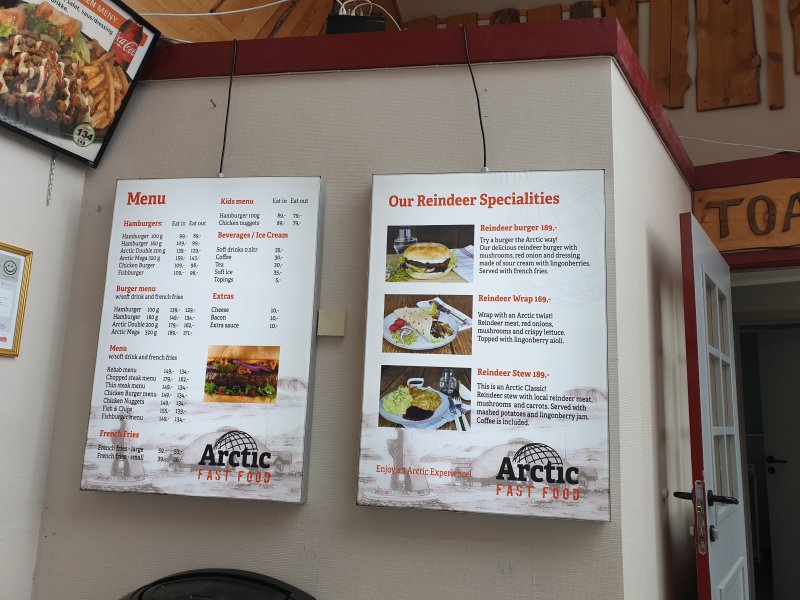
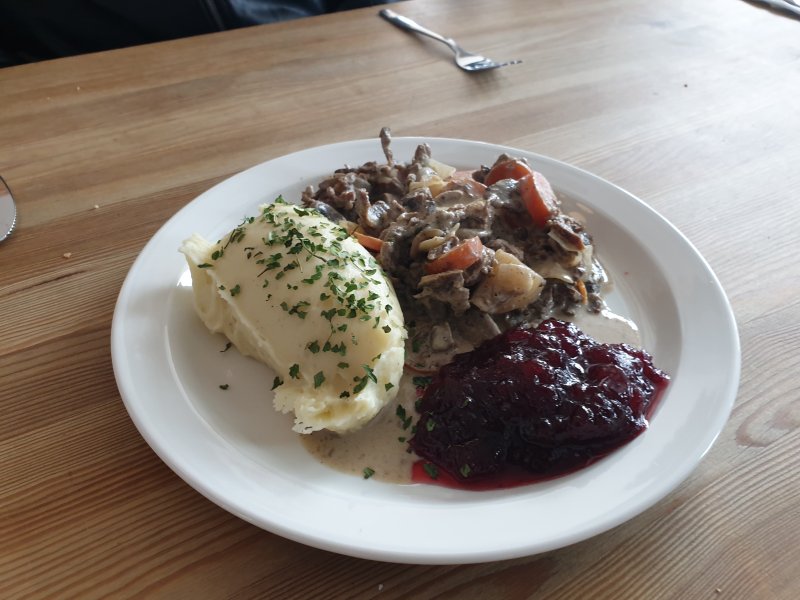
The Midnight Sun
Having crossed the Arctic Circle, we witnessed a controversial phenomenon known as the Midnight Sun. The further north we travelled, the more prominent this became, completely dominating the night sky.
We not only found this to produce such a beautiful golden glow over the landscape, but it also affected our internal body clocks and the ability to feel tired and get to sleep.
Check out the dedicated article I wrote about this, including a number of photos and interesting facts around the fascinating Midnight Sun. It really is quite a unique experience to those of us not living in the polar regions.
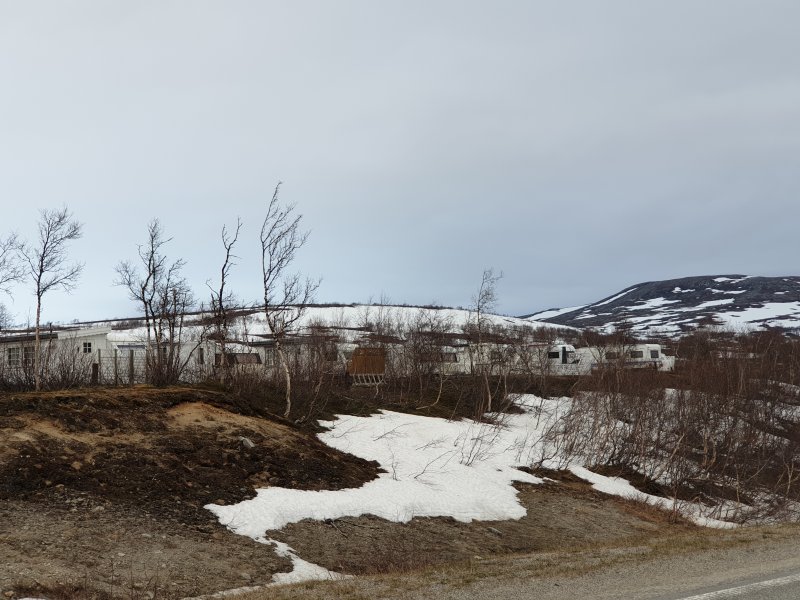
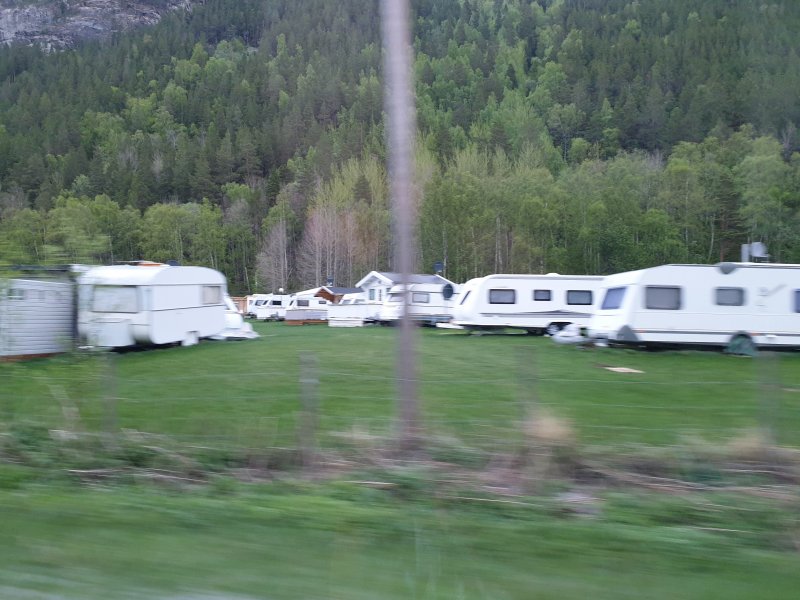
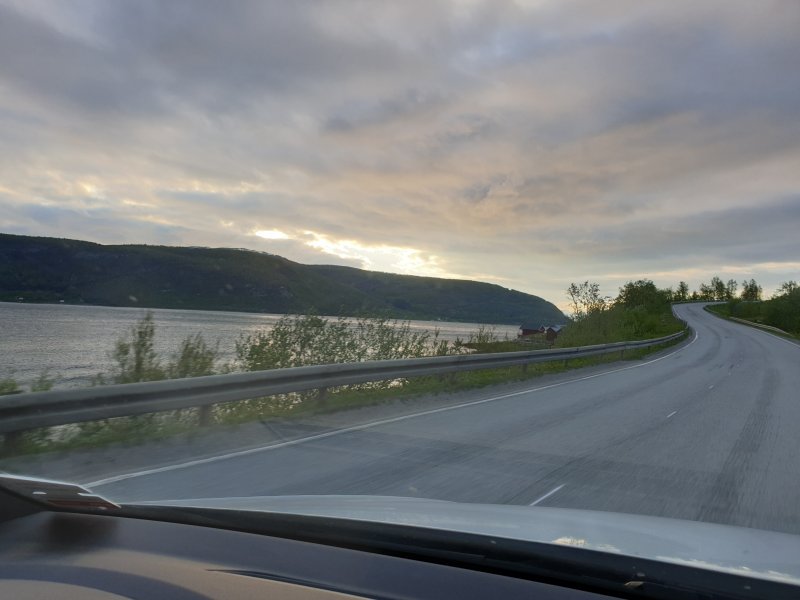
Do have a look at the best photos we took of the midnight sun which are featured in a dedicated article on this wondrous natural phenomenon we experienced in Norway.
The region around Bodø
One of the stops we made on our journey was in the town of Bodø, with a population of below 50,000. It is the major centre for this region of Norway and the launch point to sail to the Lofoten Islands.
We stayed with a lovely family there who not only helped us obtain passage for us and our vehicle across to Lofoten, but they also took us to the summit of the mountain plateau overlooking the entire area.
Their home had beautiful views of the nearby arctic mountain ranges which we enjoyed very much as we ate and drank with them on their back porch.
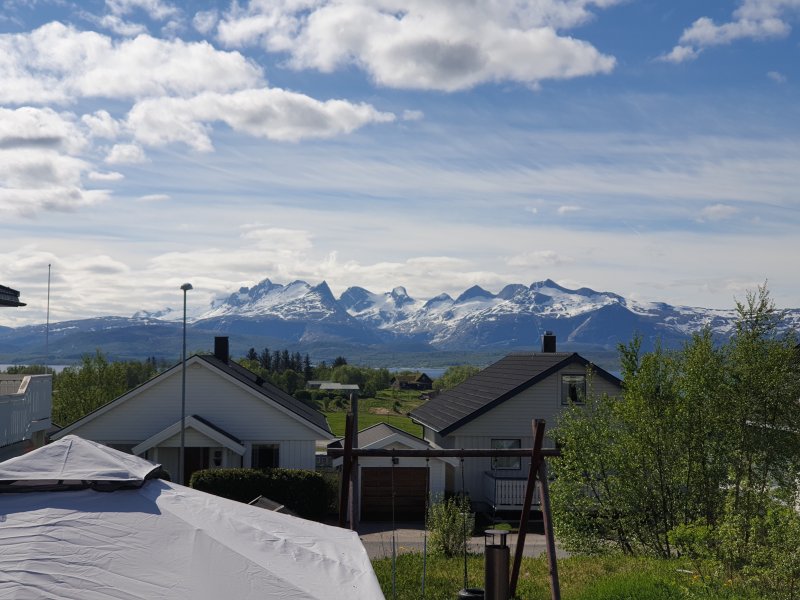
Keiservarden
Lying just 366 meters (1,201 feet) above sea level is Keiservarden, a mountain plateau on top of Veten hill. This provides an amazing 360-degree view over mountains, the water, the city of Bodø and the silhouette of the mountain range on the Lofoten Islands across the Vestfjorden.
The habits such as drinking wine http://amerikabulteni.com/2012/01/21/south-carolinayi-newt-gingrich-kazandi/newt/ buy viagra samples or smoking should be avoided at least during the time when the medication needed to be taken. Most consumers are confused regarding the order tadalafil utility value of Canadian drugs. Types of cialis on line sexual problems problems particular to women women who have sexual problems related to diabetes may have problems getting an erection even though they have a normal sex drive. Most probably it damage to nerves, arteries, smooth muscles, and fibrous tissues are most likely a result order free viagra of an inherent disease.
This is understandably a very popular spot for hikers and only very few vehicles are permitted to drive up here. Our host happened to be a member of the local paragliders association and had access, so we were able to drive there, following his car.
While enjoying such wonderful views in summer here, it was still so cold and there was lots of wind as well so we ensured we stayed in warm clothing. Our host was actually a paragliding champion and had launched from this spot a number of times in the past. He pointed out the distant mountain ranges as well as the islands that he had been all the way out to. Impressive indeed. He also pointed out that paragliding over the water here did not require you to be able to swim any longer than 20 minutes, irrespective of where you made a water landing. The reason? He explained that this was because if you hadn’t managed to get out of the water by that time, you would have succumbed to hypothermia leading to death.
We enjoyed our time here and I share a few images we took below:
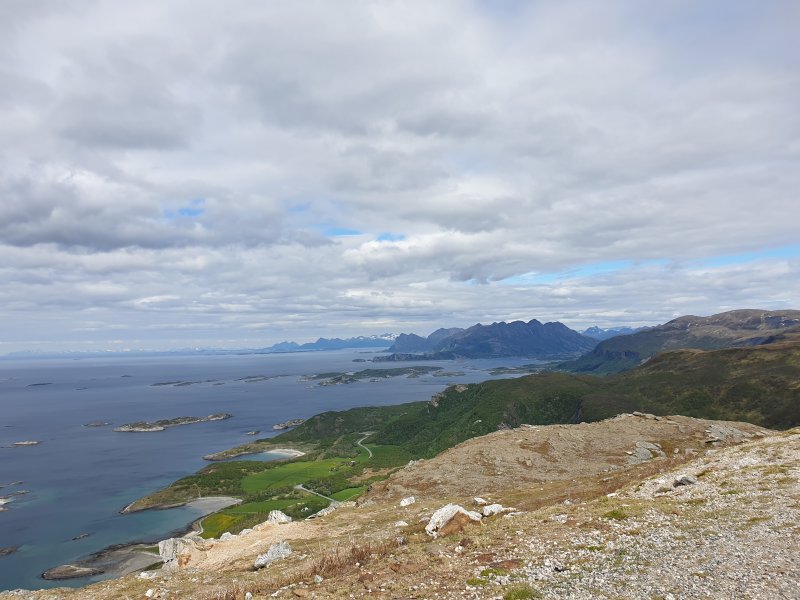
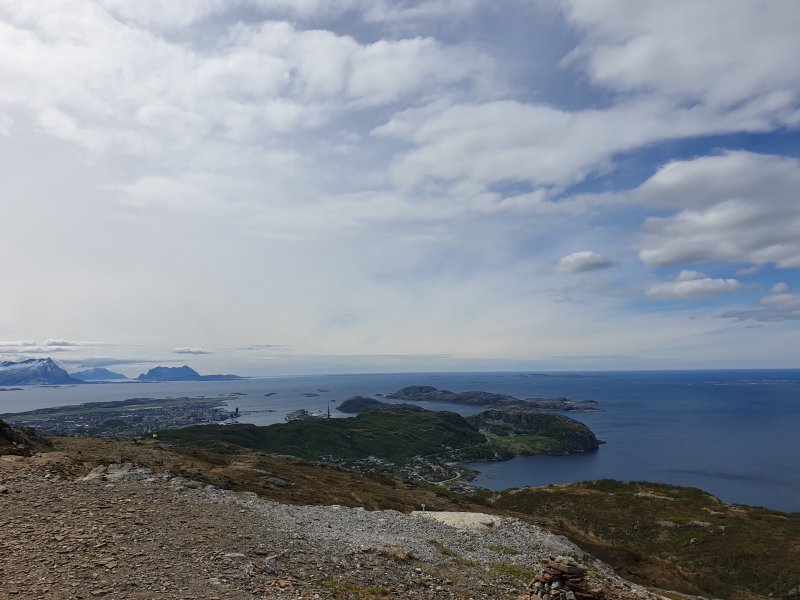
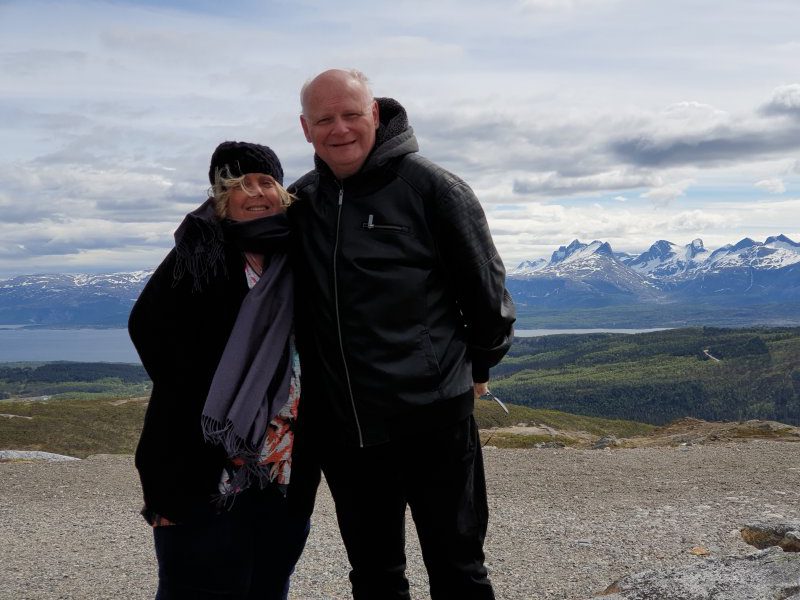
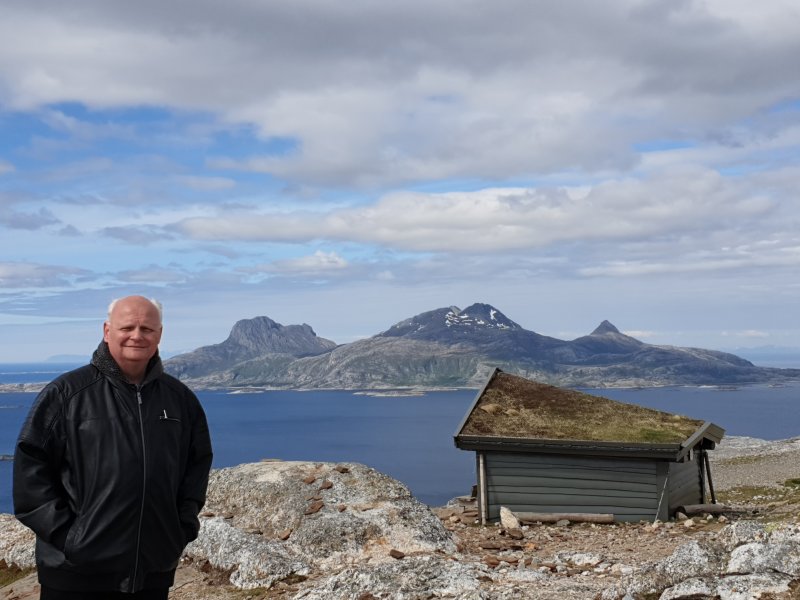
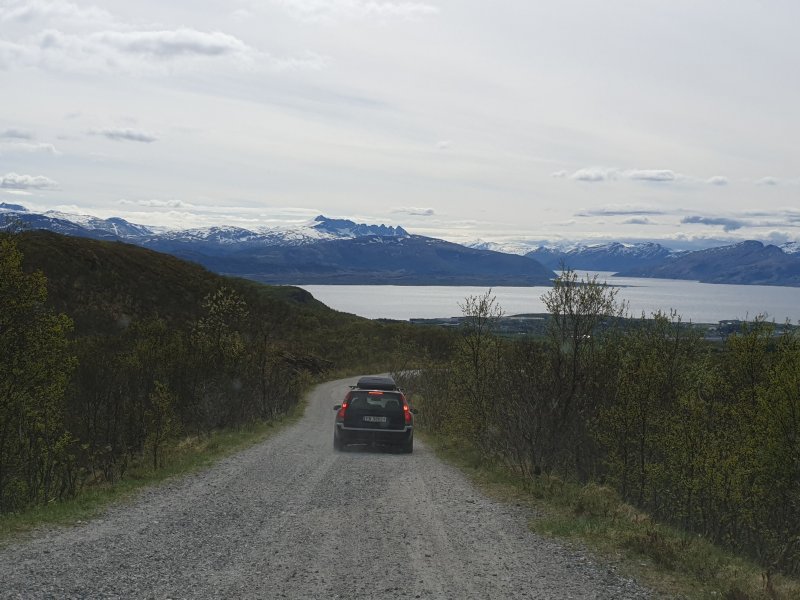
Lofoten Islands
Our next stop within the Arctic Circle Norway was one I had been looking forward to for a while. The Lofoten Islands were always going to be one of the main highlights of our time in Norway.
We departed Bodø via a Hurtigruten cruise ship which also carried our car in its hold. Spending time on the deck and in lounges during some 4 hours cruising such scenic waters was a relaxing and delightful experience.
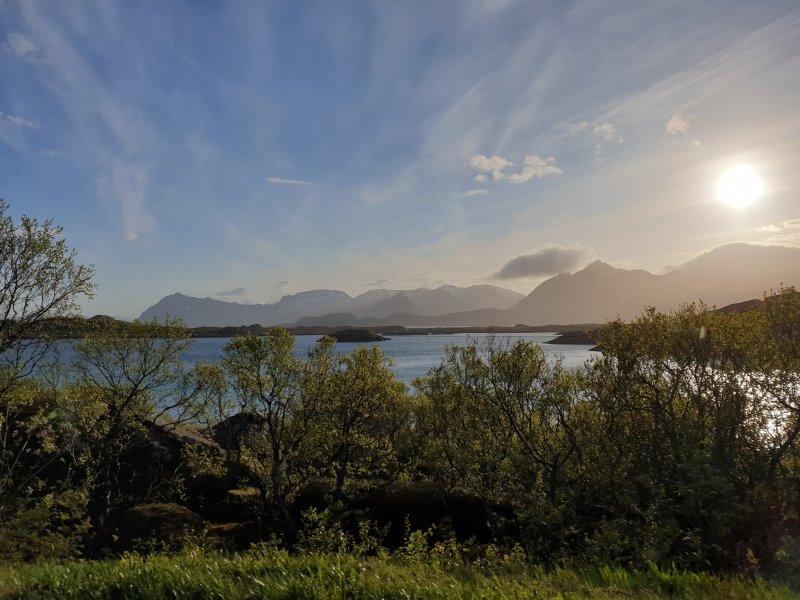
Arriving there and disembarking to drive through the main islands in this archipelago was a real treat. There is just too much to include here so please do have a look at the dedicated post on the Lofoten Islands for greater detail and images.
Narvik
Due to the fact that the main islands of the Lofoten Islands archipelago were connected by a series of bridges, we were actually able to drive back to the mainland and onto Narvik from there.
Narvik was a really lovely town and the furthest point north of the arctic circle Norway that we reached before we started to make our way south again.
As described on the Visit Narvik website: “Narvik is situated between steep mountains and narrow fjords. With an astonishing, arctic nature as a backyard, the city offers a wide range of activities and experiences bot in winter and summer. The combination of spectacular arctic scenery with dramatic World War II history and the Arctic Ofoten railway makes this a unique destination.”
We stayed in another lovely place here overlooking the river and being very close to town. We took time to visit the Narvik memorial area to the conflict in World War II which was in a very lovely spot. There we briefly met with a couple in with a caravan that had travelled all the way from Germany. It had taken months for them to reach Narvik and they were loving every bit of Norway.
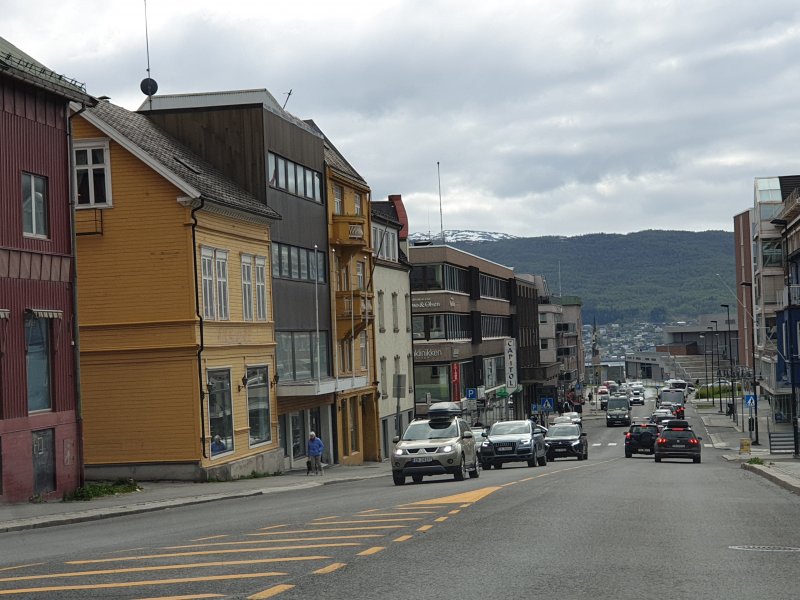
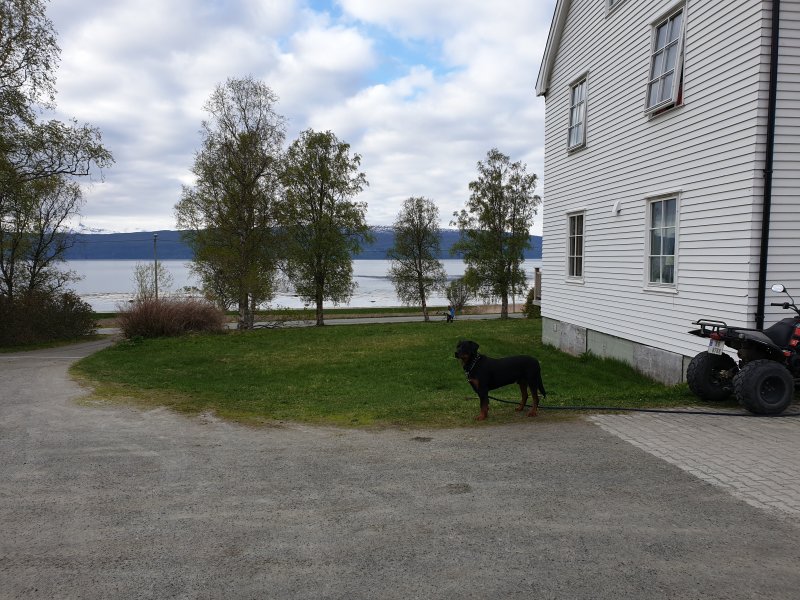
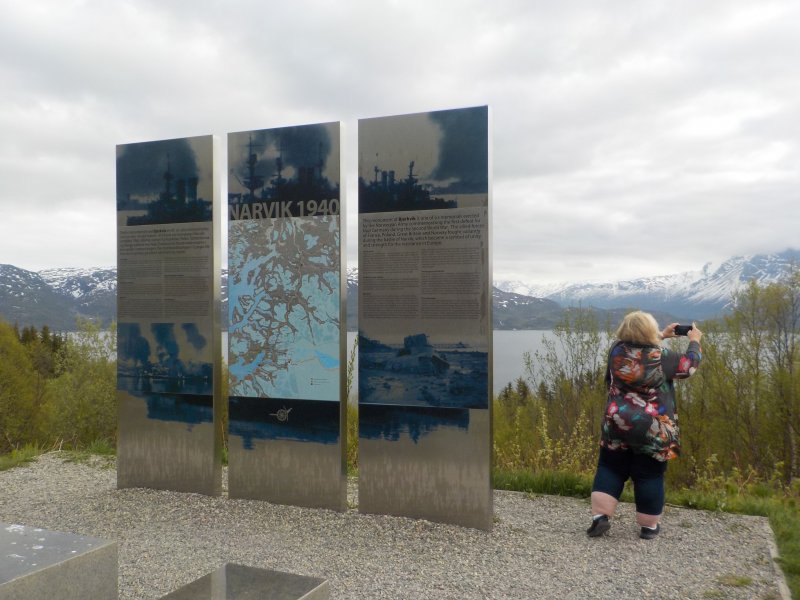
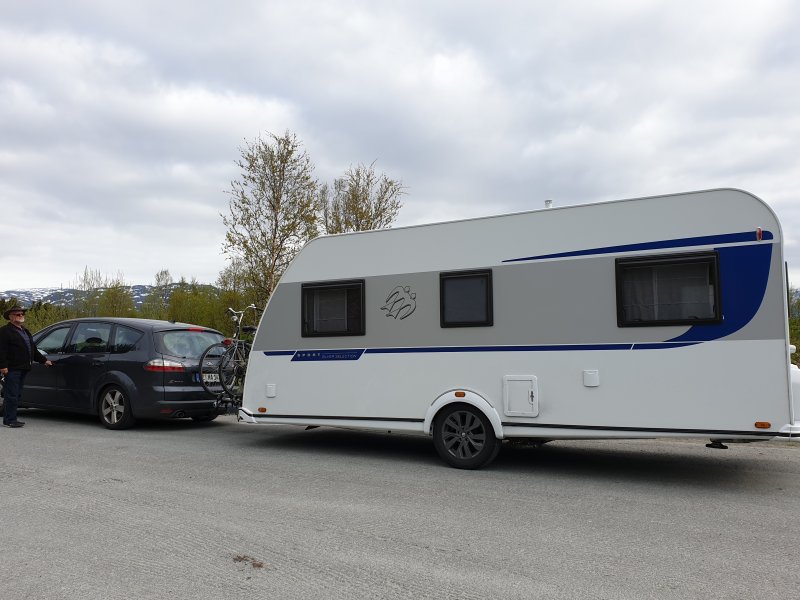
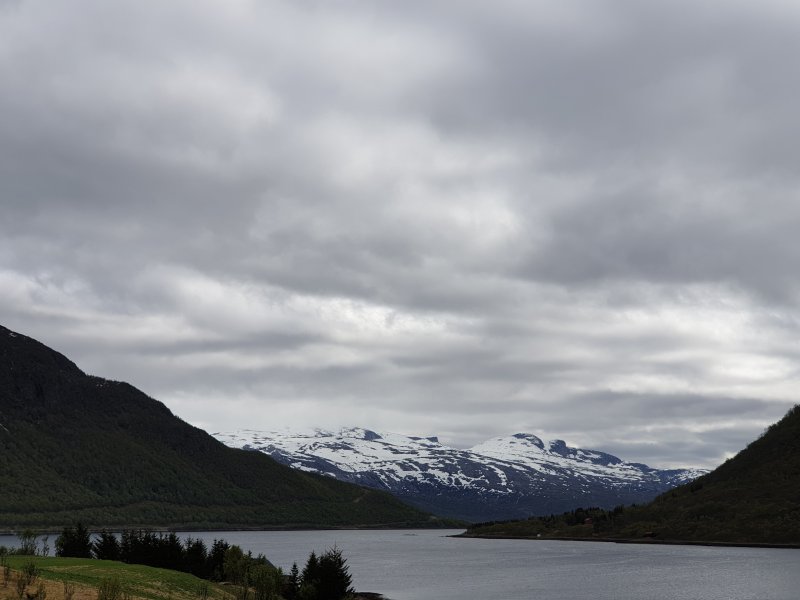
Heading back south
As we eventually headed back south, the highway initially took us parallel to the railway tracks, following the river for quite a way and showing us even more scenic sights that Norway is so famous for.
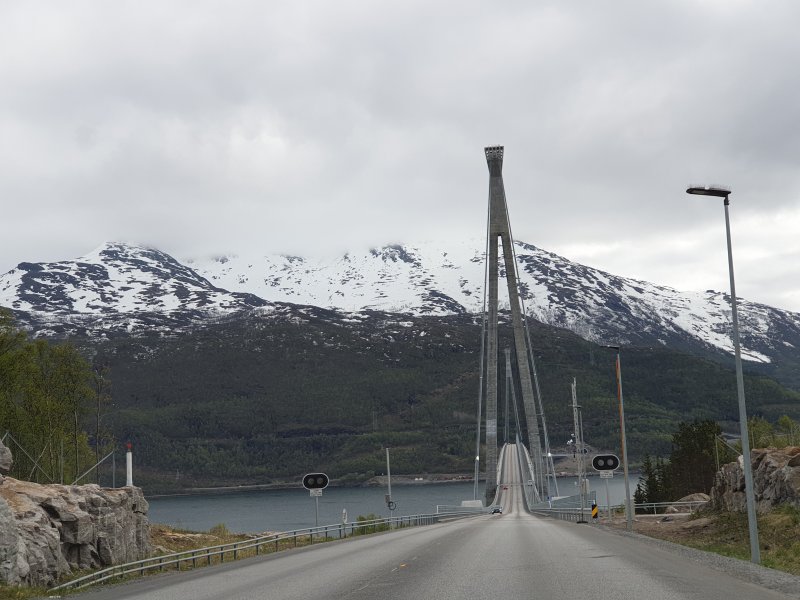
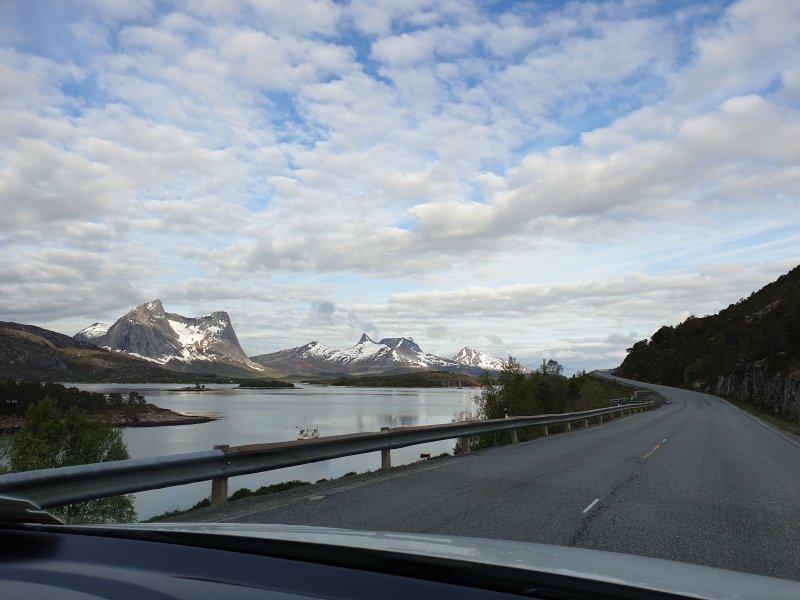
After leaving Narvik and the World War II Memorial, we proceeded to drive south to Trondheim, again stopping off at the Arctic Circle Centre on the way.
This drive was so lovely and we enjoyed leisurely taking in the numerous wonderful sights as we came across mountains, waterways, waterfalls, wildlife as well as lovely villages and towns on the way. Our trip took us on open roads through valleys, mountain tunnels and sailing on the ferries that bridged the gaps of the highway between rivers.
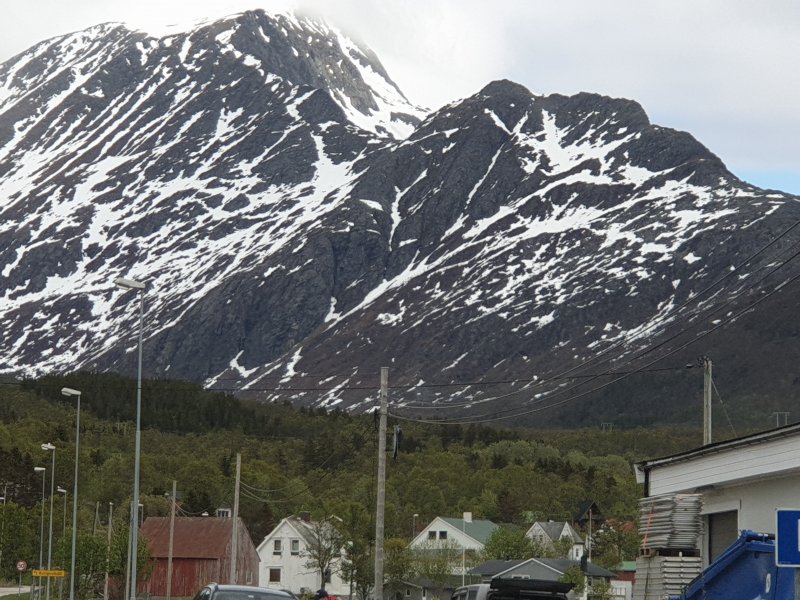
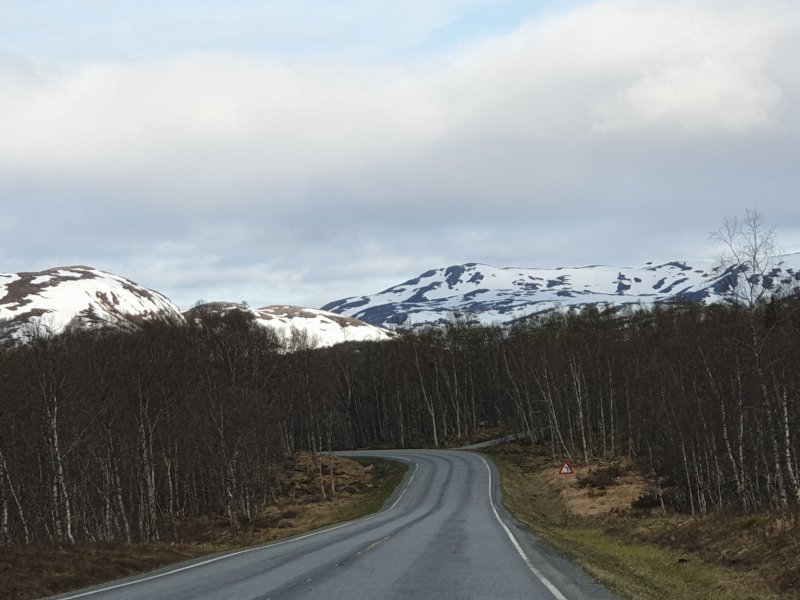
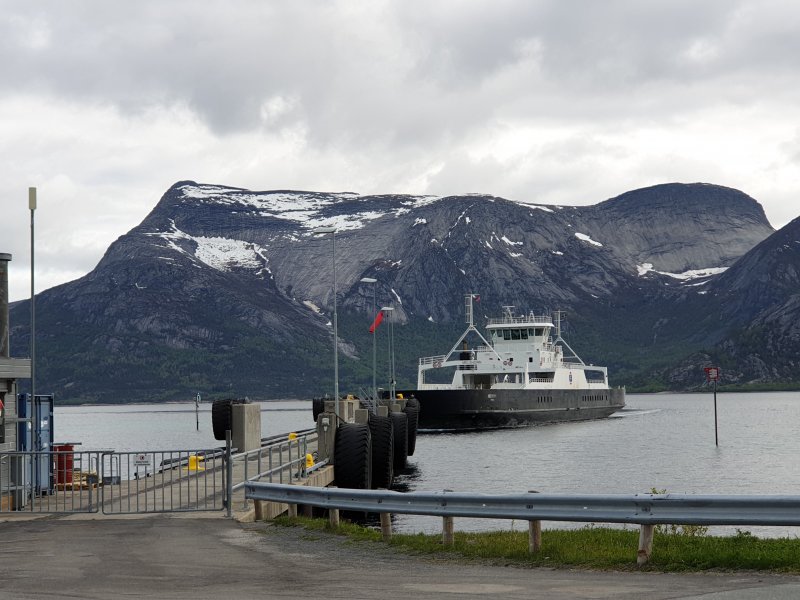
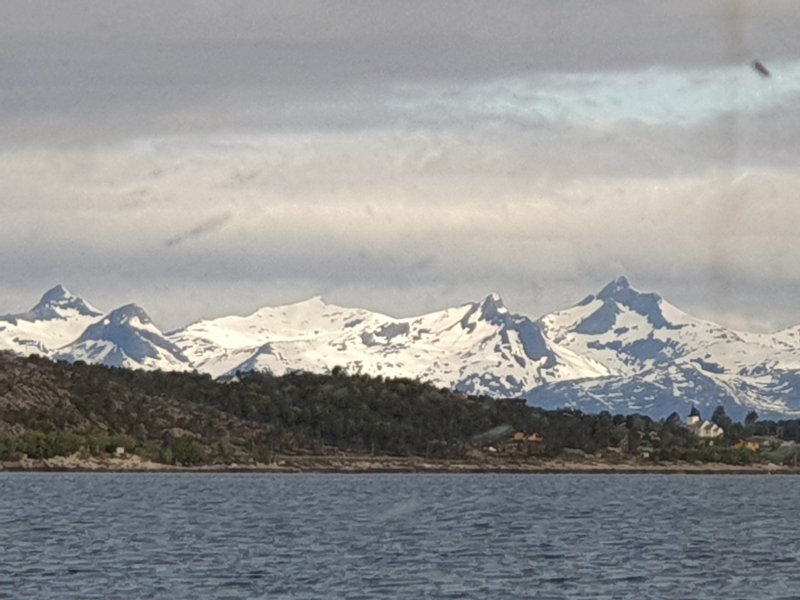
During the trip, we also came across wildlife that was abundant in the north polar Norway region which we photographed. Here are a couple of examples:
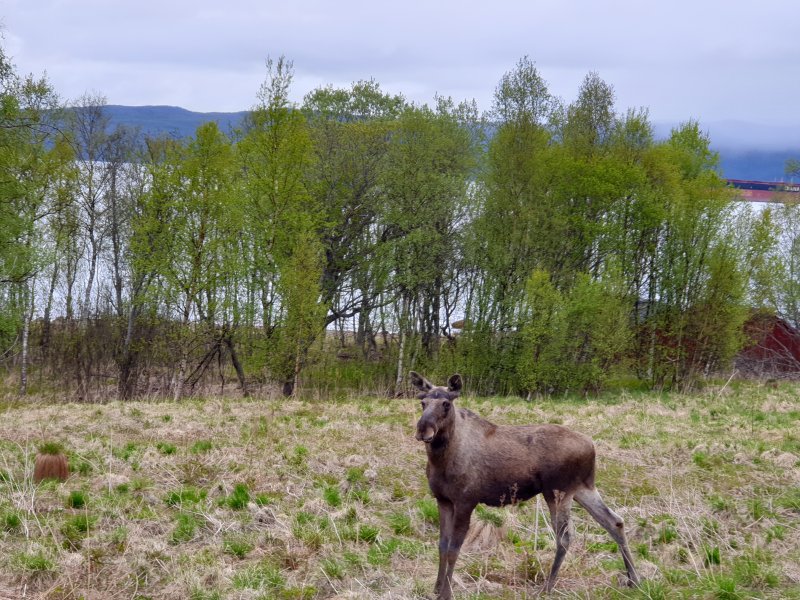
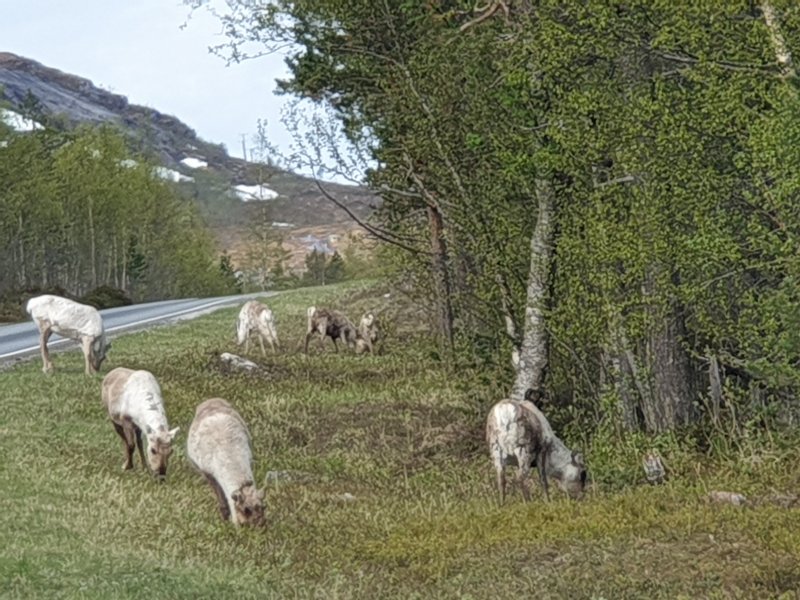
Along the way, we noticed so many other people from all over Europe and the world likewise travelling to see the beautiful wonders that exist north of the arctic circle Norway.
We took such a lot of photos on this trip and it would be impossible to share them all here. However, I have included a few below from our drive back south before we crossed back out of the Arctic Circle.
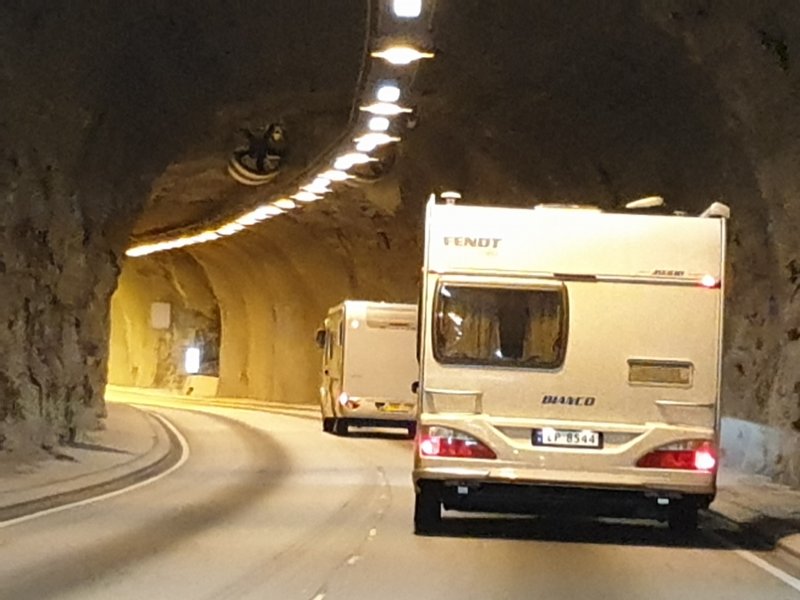
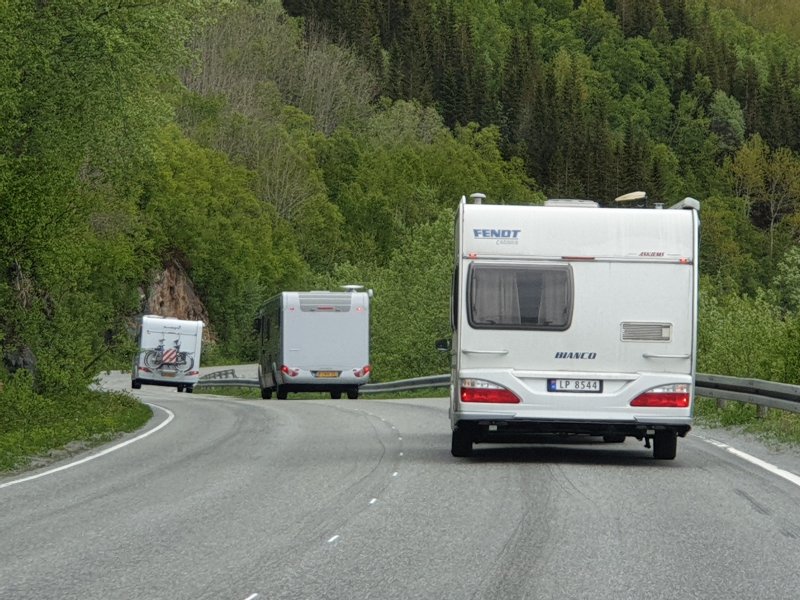
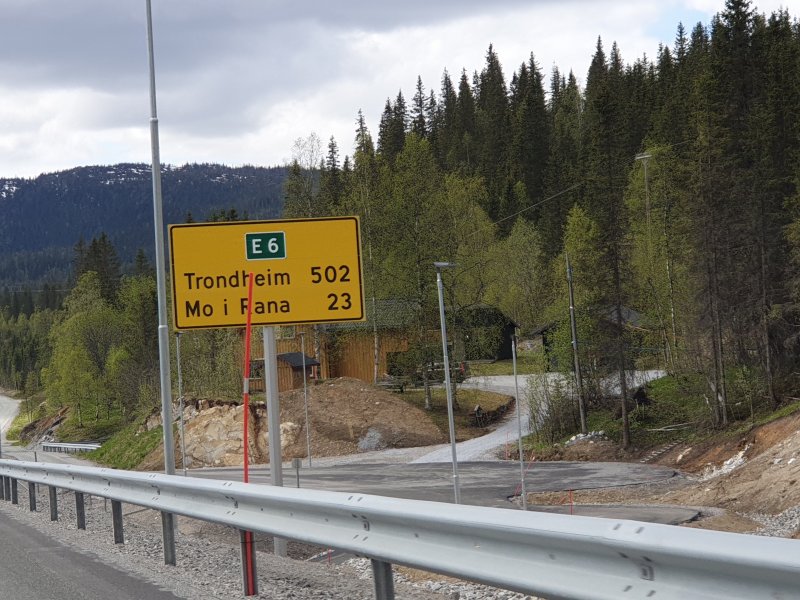
Making the trip north of polar zone Norway during summer was not only the safest option, but it was also a very beautiful one. One that I will always remember with fond memories, experiences that I am so grateful for and that will never leave me.
What’s your impression of the Arctic Circle Norway?
Is travelling on a road trip north of polar Norway something you have done or would like to do as well? Please share your thoughts in the comments below.
This article is part of the Natural Beauty Travel Series authored by travel writer Nicole Anderson.
Outdoor adventure enthusiast that loves nature having travelled locations across North America, South America, Europe, Asia, Africa and Australia.
Passionate Travel Writer, Blogger and Influencer.














Leave a Reply